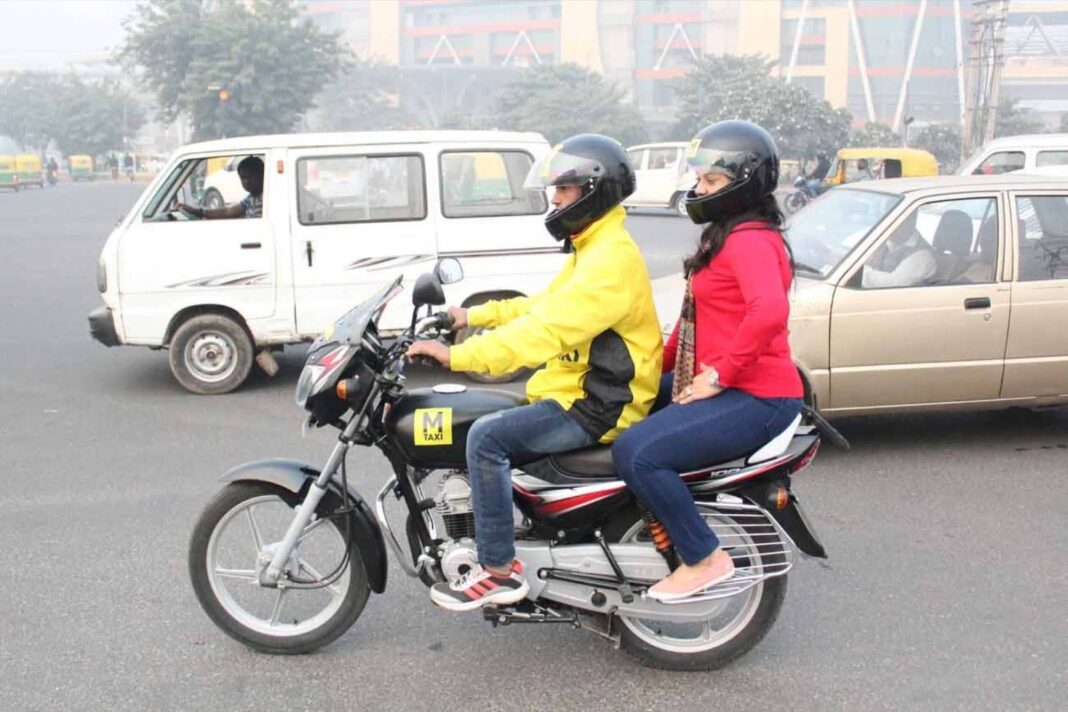The Delhi government has revealed plans to launch the city’s first cooperative ride-hailing service, aiming to offer a fairer alternative to corporate platforms like Ola and Uber. The Times of India
Key features include:
- No surge pricing: Fares won’t fluctuate during peak demand or traffic, unlike many existing apps.
- Full fare to drivers: Drivers will keep 100% of what passengers pay; no commissions deducted by aggregators.
- Cooperative / driver-owned structure: The platform will be owned and managed collectively by the driver-members, giving them more control and share in governance.
- Dedicated app: There will be a mobile application to connect passengers with driver-members directly.
Why This Move?
The government’s motivations appear to be:
- Economic fairness for drivers: Many driver associations have long complained about high commission deductions by aggregators. This cooperative model intends to improve driver incomes.
- Transparent and affordable service for commuters: Removing surge pricing and commission overheads could help lower fares and make rides more predictable.
- Reviving cooperative movement: Delhi’s cooperative minister has emphasized that the initiative is part of a larger goal to revitalize cooperatives in the city.
- Following national policy trends: The plan aligns with the “Sahkar Taxi” cooperative ride-hail service being pushed by the Union Government, which aims for drivers to benefit more directly rather than large corporations.
What’s Still Unclear
Some details are still being worked out:
- Timeline & launch date: No firm date has been announced yet. Officials are preparing feasibility reports and frameworks.
- Fare structure: How fares will be set in different areas or at different times, if there will be price tiers, etc.
- Fleet types & vehicle mix: The service may include 2-wheelers, auto-rickshaws, taxis, four-wheelers; but the distribution and regulation of different vehicle types is under discussion.
- Operational & regulatory framework: Licensing, safety standards, insurance, platform maintenance, driver registration, tech infrastructure, etc., all need solid grounding.
- Scalability & competition: How it will compete with already established private platforms in terms of coverage, availability, rider safety, app usability, dynamic matching etc.
Potential Impacts
- For drivers: Could be a major improvement in earnings and agency, as commission cuts will be eliminated. Greater say in operations. Better working conditions likely.
- For commuters: More predictable fares, perhaps cheaper rides especially during peak hours; might improve service transparency.
- For private aggregators: This introduces a new competitor with low overhead and cooperative backing. They may need to adjust commission, service quality, or policies to stay competitive.
- For policy & urban mobility: Could encourage similar cooperative models in other cities, influence regulation around ride-hailing, commissions, surge pricing etc.
What to Watch Next
- Official policy documents setting up the cooperative model.
- Whether subsidies, incentives, or regulatory support are offered by the Delhi government.
- Pilot launches: which areas will get the service first and how large the initial driver base will be.
- Customer response in terms of pricing, wait times, app performance.
- How this impacts Ola, Uber, Rapido etc., both in Delhi and possibly beyond if the model is expanded.



